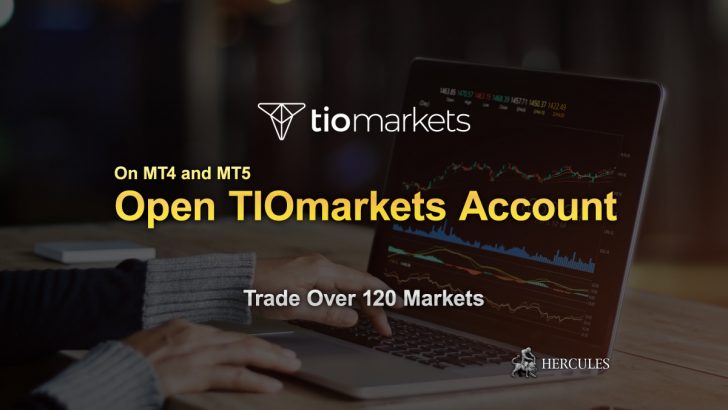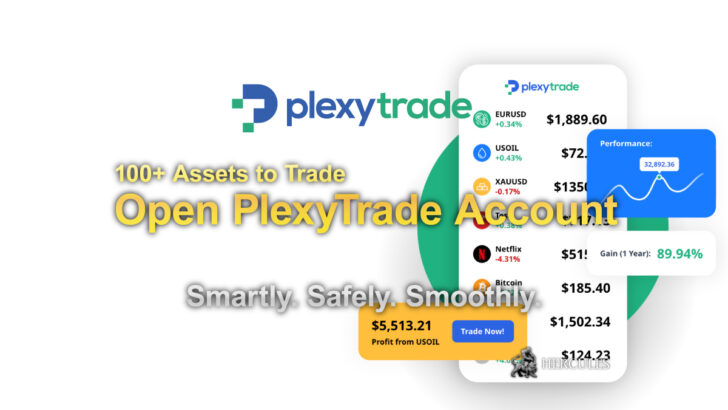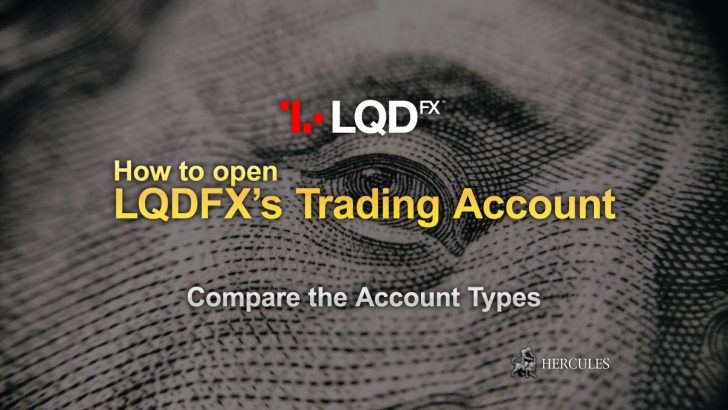What's the differences of Stock CFDs and actual Stocks?
when investing, you can buy actual Stocks or Stocks in a form of CFD.
Know the difference and make a smart investment decision.
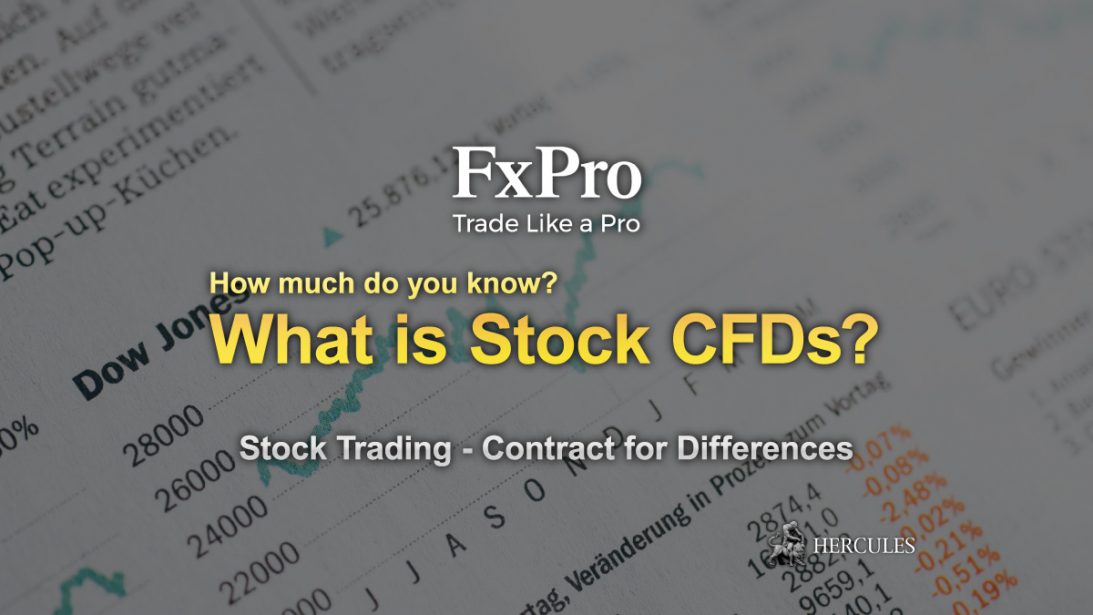
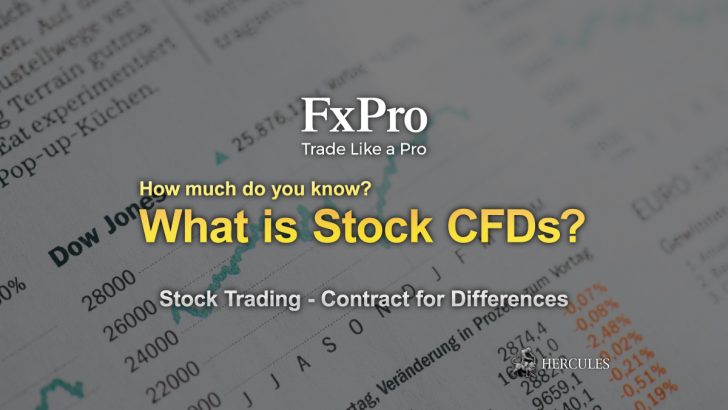
Invest in Stock CFDs
With FXPro, you can trade Stock Index CFDs in a form of CFD.
CFD stands for Contract for Difference, and it is available for trading with online brokersonline brokers (Market Makers) but not with stock brokers.
There are many differences between CFDs and real Stock tradings.
How CFD trading works?
CFD is carried by OTC trading with brokers.
OTC stands for Over-The-Counter and it means that a trade is carried between traders and brokers, but not traders and the real markets.
So in case of real stock trading, you are trading with other share holders or the so called stock market.
Stocks will be actually exchanged with its right of ownership and you will have the actual underlying instruments.(in this case stocks)
But in case of Stock CFDs, you will trade these stocks in a form of CFD with brokers but not with the real stock exchange market.
So basically you will be trading stocks virtually but that will charge/credit actual money when closing positions.
If you buy a stock, the broker will sell the same stock at the same time.
CFD trading is a OTC trading, meaning that you will be trading with broker in a market created by the broker.
That market is not a market regulated by any entity but only the broker, in order to provide another new financial product for investors.
Invest in Stock CFDs with FxPro
1. You can profit from falling prices
One biggest merit of trading CFDs is you can generate a profit by the difference of prices, also the falling prices.
In the actual stock market, no one makes money by falling prices but CFD is different.
You can have a buy position or sell position at anytime and you can close them at any time as long as the broker sends you price feeds.
CFD product is originally created for stock investors to moderate the risk of falling prices in stock markets.
2. No ownership but dividend/bonus
Another thing that is different from the real stock market would be the actual ownership of the underlying instruments.
As CFD is OTC derivatives created by the brokers, you cannot trade actual stocks of commodities with these brokers, but you can exchange the prices on the web and make profits.
So buying a stock or selling a stock CFD does not affect the actual ownership at all.
But still you will get the dividend/bonus payments as swap points to your trading accounts.
All these dividends are calculated exactly same as the real underlying stock markets and you will be credited for the dividend payment if you hold a buy position, and you will be charged for the dividend payment if you hold a sell position.
List of Stock CFDs available with FXPro
3. Stock CFDs involve lower costs
Trading CFD means that you are exchanging prices of these instruments, but not the actual underlying physical instruments.
So by trading CFDs, you can even eliminate many costs such as commissions for agencies, delivery fees and taxes etc.
All commissions are included in the spread by FXPro.
If you are not so interested in the actual ownership of stocks, CFD trading may be the best stock trading solution for you.
FXPro offers one of the largest number of CFDs(more than 250 symbols) in the world.
Open FxPro Real or Demo Account
Old Economy Shares vs. New Economy Shares
To understand the difference between the ‘Old economy’ and the ‘New economy’, all you have to do is think about what shares your grandfather would invest in and contrast it with the shares you would invest in.
As you’ve probably surmised, the so-called Old Economy stocks consist of major corporations.
We’re talking about recognized brands with two feet on the ground and the characteristics of a battleship: Massive, stable but slow to change course.
Many of these corporations have been in business since the industrial revolution and focus on manufacturing mostly tangible goods.
On the other hand, the new economy mostly consists of companies who exist in the cloud.
In layman’s terms, the ‘Old Economy’ involves any share you would have invested in before the dot com era in the late 90s.
The New Economy shares can usually be found at Tech conventions in Silicon Valley.
What is the old economy stocks?
For those of us who reminisce about the good old days when men would strike the iron with a hammer, cut open the earth to mine for coal while drilling massive oil rigs into the ground, that’s the Old Economy.
This is because many old school investors simply don’t understand the value of tech shares, even more so after the dot com bubble burst.
What is the new economy stocks?
With the new economy, innovation is more highly emphasized than it is with old economy shares.
This means that if a company is developing an app that can make someone’s day-to-day life easier, many investors will often give the green light, even if the demand for such a product hasn’t been well established.
Additionally, investors will often flock to tech companies who haven’t even figured out a way to monetize their business.
One classic example is SnapChat, a social network with a $28 Billion valuation and is yet to generate a single dollar in profits.
Many old school economy investors wouldn’t even consider placing their capital into such a venture.
Why old investors prefer old economy shares?
That’s because the old economy is more about physical production than they are about TED talks.
If an oil driller could show his investors that the money it will cost to drill an oil rig is worth the returns they’ll get from the demand, it’s pretty much a done deal.
In the new economy, investors will oftentimes consider the reach of the product.
To many new economy investors, the idea of collecting data on those subscribing or using the product (user-data), is often just as valuable to them as cash itself.
That’s because when a product like Snap-Chat does decide to monetize their service, the information of its users can be sold to third party advertisers.
That’s what Facebook and Twitter ended up doing as soon as they went public as a means to justify their shareholder’s investment.
This is a concept that many old economy investors are completely unfamiliar with.
Read Other Informative Columns
Which one should you invest?
While old economy shares like GM, Exxon Mobil and Caterpillar can be valuated based on their productivity costs vis-a-vis revenue, evaluating new economy shares like Snap-Chat, LinkedIn and Facebook isn’t so simple.
Although both old economy and new economy shares seek to profit by exploiting demand, physical elements can adversely affect an old economy company’s productivity in ways that wouldn’t apply to tech shares.
For example, bad weather can affect a sugar manufacturer if the crop is destroyed.
An explosion at an oil rig can potentially send BP’s stock plummeting.
A falsified emissions test could be very bad news for Volkswagen’s shares.
New economy shares work a bit differently.
These shares are more sensitive to reports regarding their growth and number of users or – alternatively – to new regarding a competitor with better technology.
In some cases, the only thing that matters in a tech company is how the shares are performing – not how well the company is doing.
So, what is the conclusion? Know your share CFDs.
Regardless of whether you choose to invest in new economy, old economy or diversify your portfolio with FXPro’s over 250 tradable instruments, remember that information is a trader’s best friend.
Take the time to learn about the instruments you invest in and understand the factors that could affect them.


